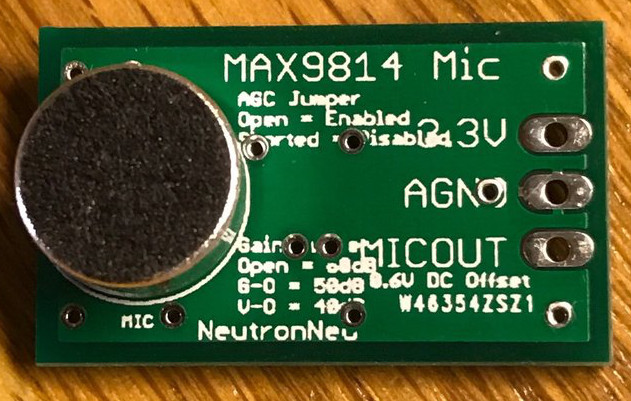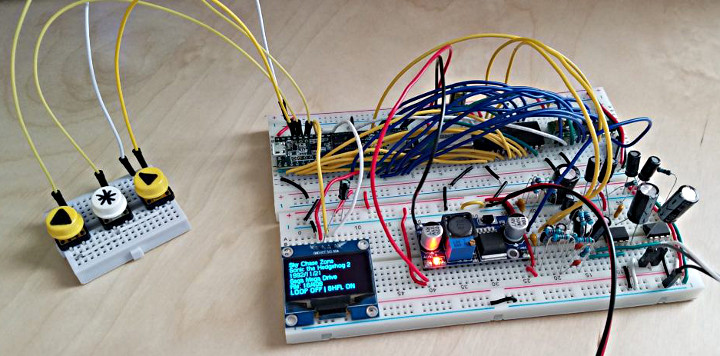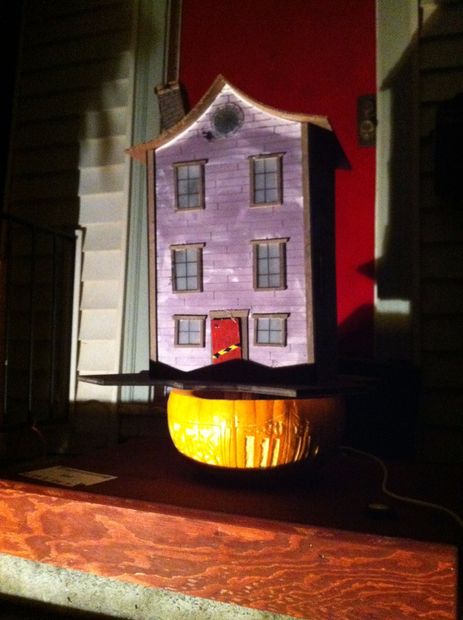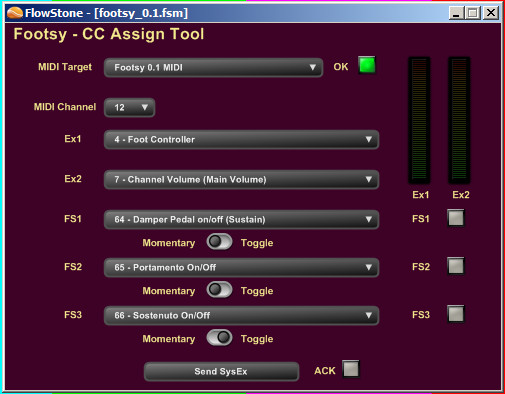Jean Peradel created his own touch screen coffee table using a flat screen TV, a CCD sensor from an old scanner, and IR LEDs. We love a good DIY project, and this one fits the bill.
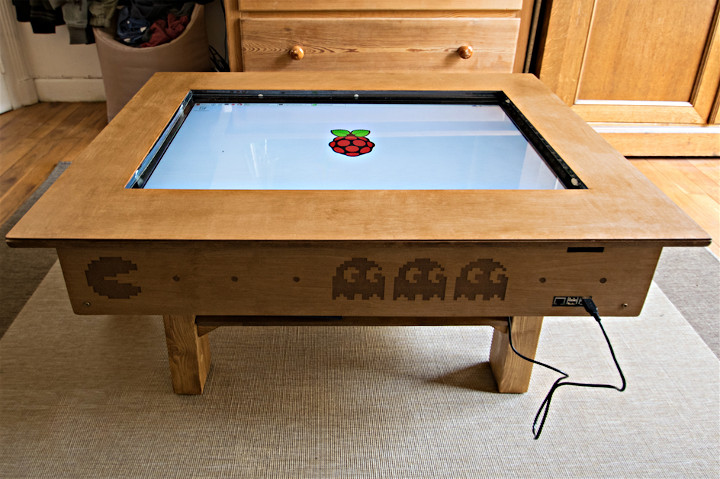
The Hackaday.io project page for this is excellent. There is a good write up of how the project was developed and instructions on how to do it yourself, including the code that was used.
